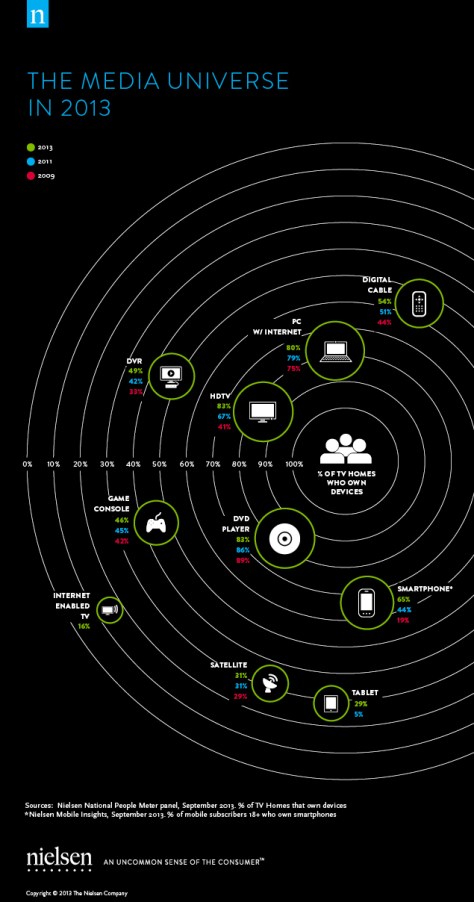
Everyone is checking themselves in, but this is hardly rehab; it’s Social Media Week in New York City. On Foursquare, Gowalla, and now even on Yelp, people are sharing where they are and vying to become the “Mayor” of venues they frequent. They say that all news is local, but instead this is Where word-of-mouth, real-time, and overshare intersect.
Location-based social media have become the next-big-thing as opinion leaders look for new ways share their influence. Over the last year Twitter has cemented our collective desire to share what we’re doing, who we’re with, and increasingly where we’re doing it. When individuals share their ideas using hashtags for events (or HotPotato), they’re telling us more than which venues are hip by adding an online dimension to reputation management. Just ask any restaurant owner how Yelp has changed their business.
As a rule people tend to trust the opinions their friends and neighbors better than any agenda setting news source. In the new media landscape we can find out instantly if any of our friends share their impressions of places (and business). It’s a mental shortcut that’s easy to fall on; almost a year ago I wrote about how becoming a DC transplant was impacted by social media:
I ended up in Glover Park not just for the rent, but probably because Wikipedia gave me the clues that the location was right. Google Maps helped me find an apartment within walking distance to the grocery store. (This move would not have worked so well for me only 10 years ago)
Once I moved in, I could use HopStop to find the right Bus/Rail times. Later I found the WMATA’s site worked a little better. I found out the sort of places other locals would like using Brightkite. I traded in for an iPhone with GPS . Yelp is still pretty invaluable for me.
Of course the importance of location to communication is nothing new: newspapers, the phonebook, and whole publishing businesses are built around guide books. But social media has changed where we get our information from has opened up new kinds of influence, amplifying word-of-mouth discussion into sacrosanct reputation management.
With new technology come new opportunities; as with real estate before it, the value of both location and networking become readily intertwined. Every real estate agent already understands that our social networks reveal which place might be the right fit for us, whether in real life or online communities. These new location-based social media in turn mirror the patterns of individuals to settle in like-minded communities where they feel most comfortable.
Where only a decade ago the internet opened up opportunities to connect with others over common interests, no matter how strange or remote they might seem, today social media has introduced us to common interests of our own neighbors. Local bloggers understand the value of neighborhood news, and so does Google while they roll out local search as a key feature for their service: what you’re looking for online may already be in your own backyard.











 Since Foursquare was created in March 2009 its social network which connects people and places into an addictive public game has motivated millions to continue checking-in. Whether your friends use the social network to unlock badges for brands and special events, compete on the leaderboard, and of course become “the mayor” of their favorite venues.
Since Foursquare was created in March 2009 its social network which connects people and places into an addictive public game has motivated millions to continue checking-in. Whether your friends use the social network to unlock badges for brands and special events, compete on the leaderboard, and of course become “the mayor” of their favorite venues. 



